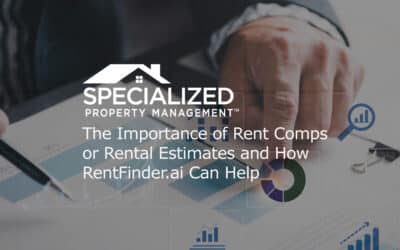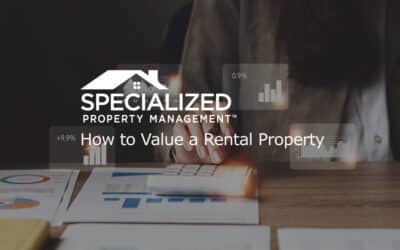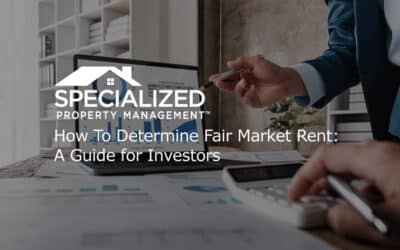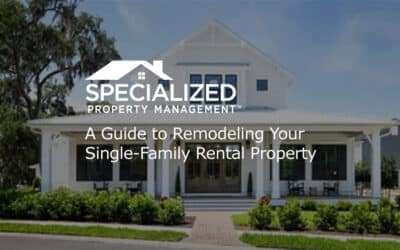The dynamic between the self-managing rental property owner and their tenant can sometimes be contentious. Upon signing a lease, some tenants may become unhappy with the property and wish to dissolve the contract. When that happens, they might begin to look for loopholes in the lease in order to break the contract. What should you do when you determine that the tenant is trying to get out of the lease using a loophole?
One thing you should be aware of is that a lease generally has certain conditions which allow both the tenant and the landlord to end the contract. If the tenant is destroying the property, using it to conduct illegal business, or failing to pay rent, they can be evicted, and the contract voided. If you, the property owner, do not keep the property habitable, the tenant can usually move out without any repercussions. A lease typically can be broken by the tenant if a rental property is unsafe. If it has open walls, a leaking roof, dysfunctional heating or air conditioning, broken stair railings, or pest or mold infestation. Your rental property must be habitable, and it must be safe.
If you know you already have a well-kept, functional property, you must first make sure your lease is free of contradictory clauses. Use simple and easy-to-understand language, and make sure none of your lease’s stipulations contradict your state laws. Know what the law states and get a final clearance of your lease from a local rental property attorney if needed.
The definition of the term ‘loophole’ refers to the failure of a contract or lease to account for a condition, variable, or exception. For example, most state laws require that property owners give tenants 24-hour notice before entering their apartments. Or, in cases other than a true emergency, entering into the home of a resident may not be allowed at all. Thus, if the law is broken, the tenant may be able to break the lease via an implied/legal loophole.
Changing the rent in the middle of the lease, is another way the landlord can violate his original lease, thus nullifying it. The tenant would then be free of their obligations in that lease agreement. As a rental owner, you can maintain your lease agreement if the premises are safe and habitable. However, if that isn’t the case, your tenants may decide to leave knowing they are free of any obligation. To prevent this from happening, make sure that if a tenant notifies you of damage or an issue within the property, you get it fixed as soon as possible. This will help you retain your good tenants, and when they eventually move out, they may refer your property to responsible friends or family.
If you own and manage a rental property in Dallas, navigating leases and legalese can be complicated. Specialized Property Management has years of experience in this area and can help you create or revise a lease that will help you be successful.
Additional property management resources:
Property Management FAQ’s
AVOIDING COMMON PROPERTY MANAGEMENT MISTAKES
Looking for our property management pricing or a no-obligation consultation? Contact Specialized Property Management Dallas by calling 214-233-7572 today!







